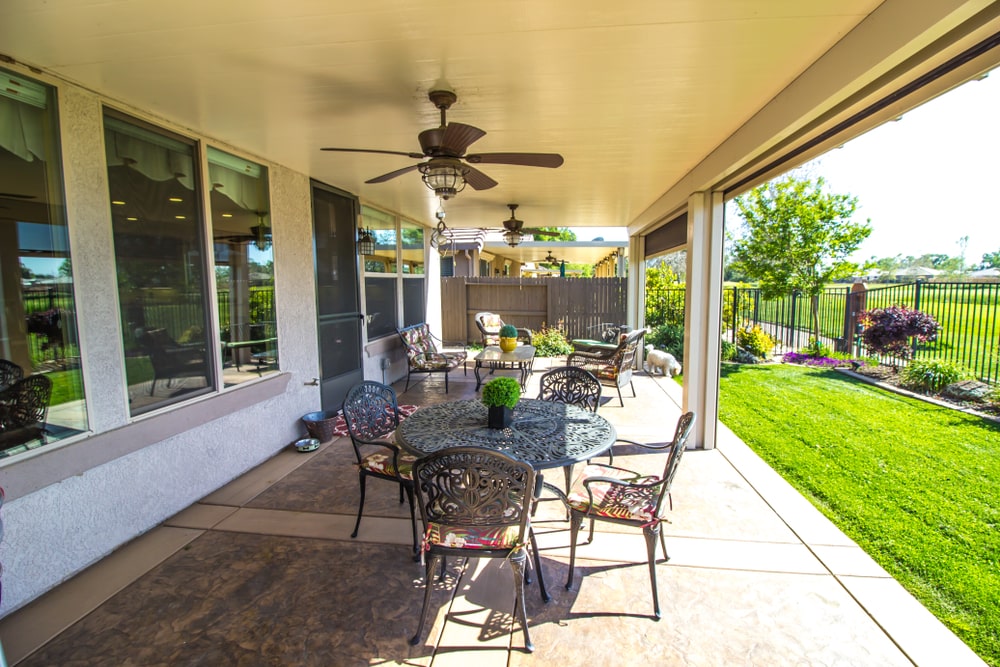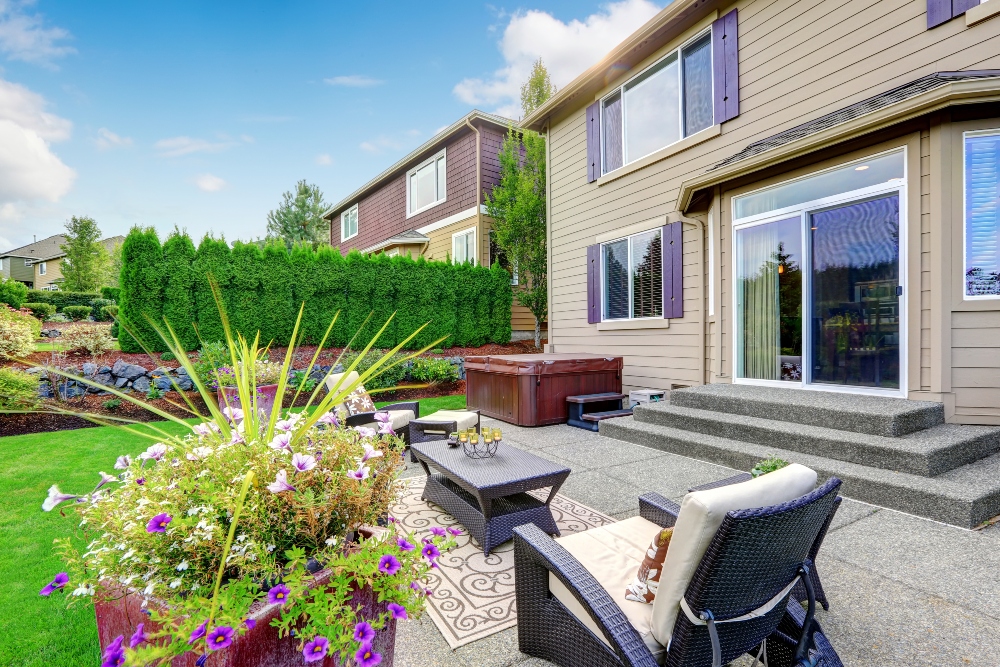
Stamped concrete is patterned and/or textured or embossed concrete that resembles brick, slate, flagstone, rock, tile, wood, and other designs or textures. This type of home makeover adds to the value of your home. For patios, sidewalks, driveways, pool decks, and interior walls, stamped concrete is widely used. Stamped concrete’s ability to mimic other building materials makes stamped concrete a less costly alternative to using other traditional materials like stone, slate, and brick.
For stamped concrete, there are three procedures that distinguish it from other concrete procedures; applying a base color, adding an accent color, and stamping a pattern into the concrete. All three techniques provide color and form identical to natural construction material for stamped concrete. It is also longer-lasting than paved concrete and still looks like it. The design represents the natural construction material’s form. The pattern is created by printing the concrete shortly after a “concrete stamp” has been poured. Many modern concrete stamps were made of polyurethane, but old stamps of the type “cookie-cutter” are made of different metals. There was no capacity for the old style stamps to shape natural stone texture.
Stamped Concrete
Concrete stamping is the process that renders the pattern in the stamped concrete using concrete stamps. Once the color release has been applied, concrete stamps are placed on the concrete. To retain the pattern in the stamped cement, the concrete stamps are forced into the concrete and then removed.
Concrete stamping is made in most cases to look like normal building products like flagstone, concrete, natural stone, or other similar type looks. This is where you can get creative to make an expression for your home. You can find lots of ideas on Houston Stamped Concrete.
All about the Base
Adding base color The primary color used in stamped concrete is the base color. To represent the color of the natural building material, the base color is chosen. By applying a color hardener to the concrete, the base color is formed. Color hardener is a pigment of powder used for concrete dyeing.
One of two methods can be used to add the paint hardener; integral color or cast-on color. Integral color is the process where the base color is colored throughout the concrete volume. When applying the color hardener to the concrete truck, the entire volume of concrete is painted, causing all the concrete in the truck to be colored. Cast-on paint is the process in which the base color is painted on the concrete surface. The concrete surface is painted by spreading the hardener on the wet concrete surface and floating the dust into the liquid concrete’s top layer.

There are many ways in which concrete can be colored; paint hardener, component liquid or dust, acid stains to name a few. The method of integrally coloring the concrete provides the benefit of coloring the entire volume; however, as with the use of paint hardener, the strength of the surface is not improved. Another popular way to color concrete is the dry-shake color hardener. So soon as it is first floating, you distribute the hardener on the concrete. You float and trowel it in after letting the bleed liquid soak in the hardener. This method covers only about 3/16 of an inch of surface, but it gives a longer wear life to the concrete surface.
